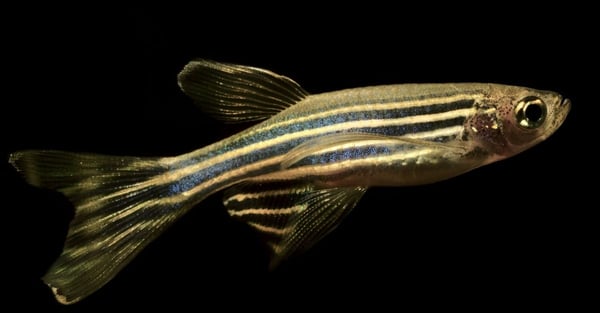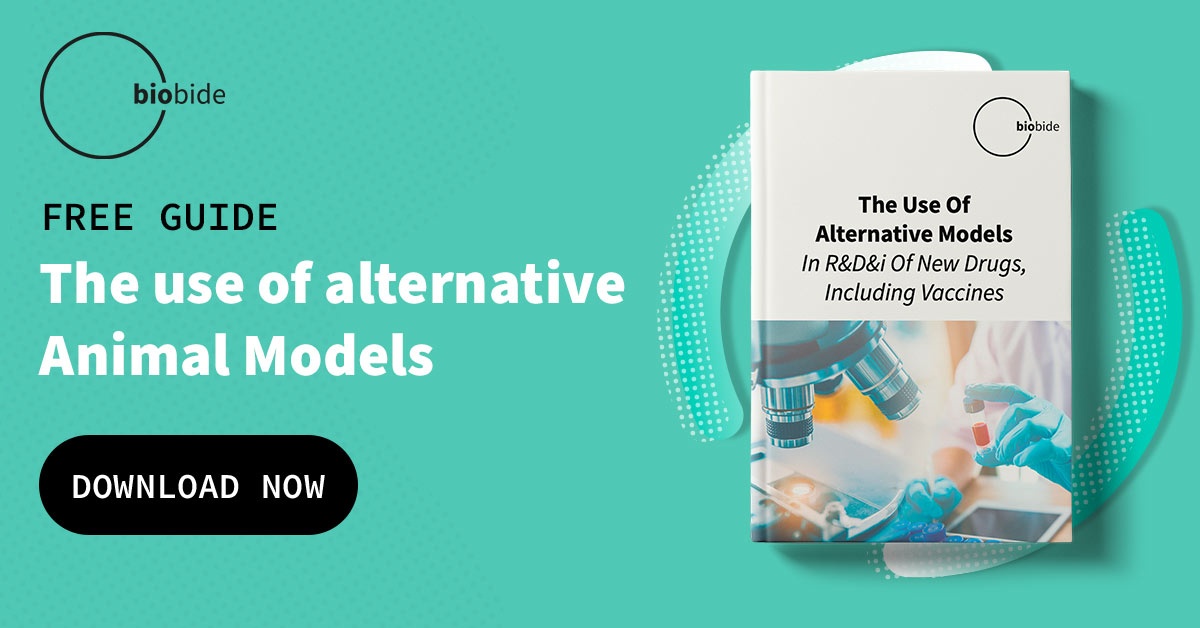The fast pace and fierce competition of the pharmaceutical industry ignites an ever-growing pressure to innovate and improve the Drug Discovery process. While the leaps in technology have allowed for more precise experiments that target individual strands of DNA, there is a growing need for reliable and relevant data from animal models in early Drug Discovery.
Working backward from a hypothetical cure and finding a corresponding molecule is great in theory, but in practice, many of these new molecular entities (NMEs) don’t make it to clinical trials. Issues with toxicity, safety, and efficacy are impossible to observe in the abstract chemical bonds, but end up revealing themselves in tests and assays with living organisms.
Zebrafish are emerging as an alternative animal model for quick and reliable preclinical studies, generating relevant data for NMEs.
The advantages of Zebrafish include easy maintenance, transparent skin, and a rapid development cycle in controlled environments. The small vertebrate fish are highly homologous to humans and share over 85% of human disease gene DNA. The parallels in organ development and common bodily functions make them a reliable stand-in for experiments looking into how new treatments could affect future human patients.

Characteristics of Zebrafish
The use of living organisms in Drug Discovery has been an important part of biomedical science for as long as humans have been trying to discover new medicines. The benefits of relying on animal models to find relevant data for humans are easy to understand.
Nocturnal rodents like mice and rats are well known for their genetic similarity to humans and reliability in Drug Discovery, but there are significant drawbacks to consider.
The relatively slow reproductive cycle and highly specific habitat needed to house mammals like mice and rats can eat away at budgets before testing even begins. On top of that, any observations on developmental biology can be difficult to gather without invasive surgeries that are harmful to the model.
The characteristics of Zebrafish offer many benefits as an alternative animal model. Their natural behavior and genetic homology to humans add to a large list of reasons pharmaceutical companies around the world are using Zebrafish in early Drug Discovery and preclinical studies.
Small size
Zebrafish embryos are small enough to perform a variety of assays on a single 96 or 384 well plate, making it possible to screen large libraries of compounds at scale. Their small size and adaptable environments also mean they are easy to store and maintain over long periods of time.
Similar to Humans
Zebrafish are highly homologous to humans, sharing over 85% of disease gene DNA and a common evolutionary history. In practice that translates into relevant data for future human patients despite the obvious differences in anatomy between the small vertebrate fish and mammals.
Fast Development
Zebrafish fully develop in less than a week with organs forming within 2 days of fertilization. The quick pace of their natural developmental cycle is highly conducive to High Content Screening (HCS) at large scales.
Developmental Cycle with Many Eggs
Zebrafish not only develop in less than a week, but they also breed year-round and produce hundreds of eggs at any given moment. These natural behaviors add to their inherent qualities that allow for cost-effective scalability and ensure repeatability of all tests and assays.
Not Nocturnal
Unlike commonly used mammals like mice and rats, Zebrafish are not nocturnal, making their natural behavior more similar to humans. There are recorded instances of nocturnal behavior leading to false positives in other animal models that could have been avoided by using Zebrafish.
Transparent skin
Zebrafish embryos are transparent and provide a clear window into internal organs and bodily functions. The natural qualities of the fish allow for non-invasive observation of how new drugs affect early development, generating verifiable and relevant data while respecting the proper treatment of animal models.
In Vivo
Zebrafish embryos are not only transparent but permeable to small compounds as well. Simply adding experimental compounds or specific substances into their aquatic habitat allows for non-invasive in vivo experiments.
Cost-Effective
Zebrafish are easy to house and highly adaptable to new aquatic environments. They naturally live in large clusters, lowering maintenance costs and requiring much less space than other animal models, especially mammals like mice and rats.
Integrating Zebrafish into Preclinical Studies
The characteristics of Zebrafish make them an alternative animal model that can easily be integrated into nearly any laboratory’s existing workflow, complementing other in vitro technologies and established in vivo models. As an aquatic vertebrate species, the small fish combine the relevant medical data often associated with mammals like mice and rats while also taking advantage of the ease-of-use more associated with simpler organisms like worms or fruit flies.
Zebrafish already have a proven track record across studies, tests, and assays in developmental biology and toxicology.
The transparent nature of Zebrafish allows for non-invasive observations of developmental processes and internal organs. Through the use of specialized testing with fluorescent reporter genes, it’s even easier to observe and record internal organs needed for tests or assays.
Zebrafish provide scientists and researchers with an alternative animal model for easy and ethical observations of specific organs and tissues.
The long list of advantages to using Zebrafish comes down to how well they are adapted to the laboratory setting while also being highly homologous to humans. Everything from their small size and natural behavior to their cost-effectiveness and transparent skin can be seen as a benefit for the pharmaceutical industry.





